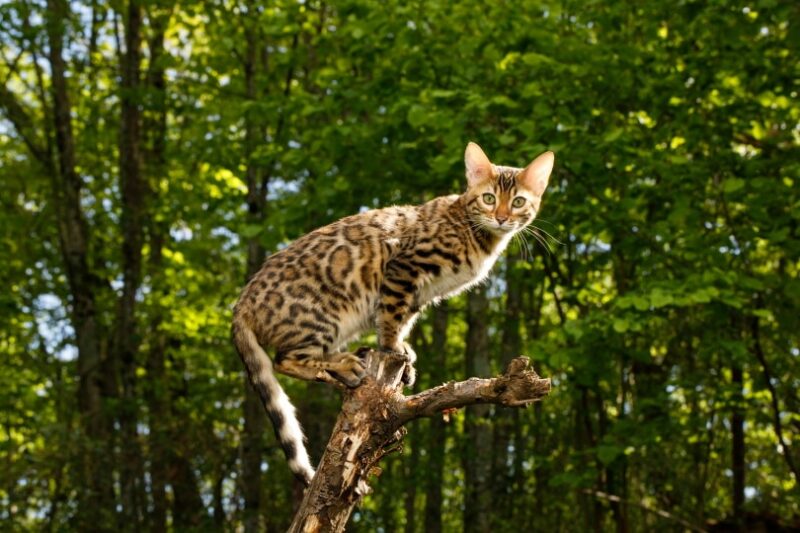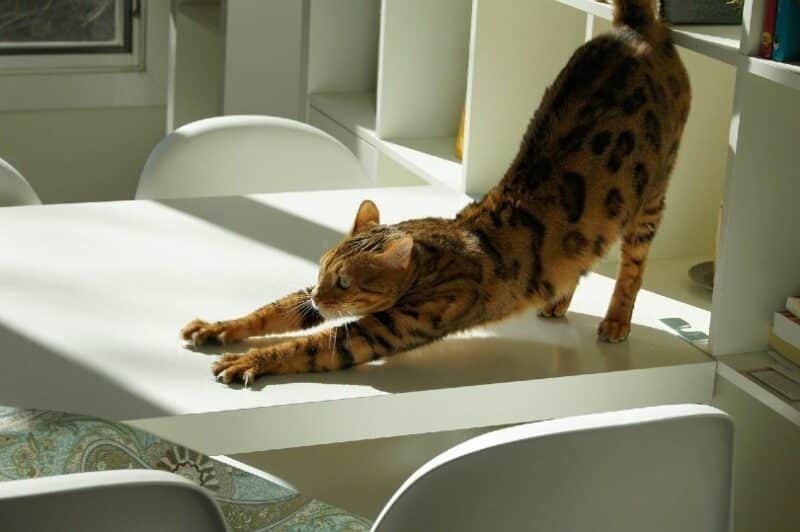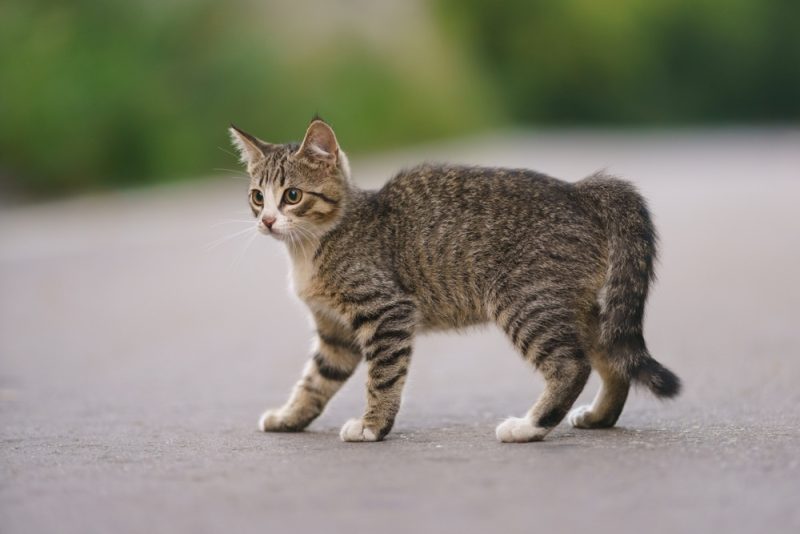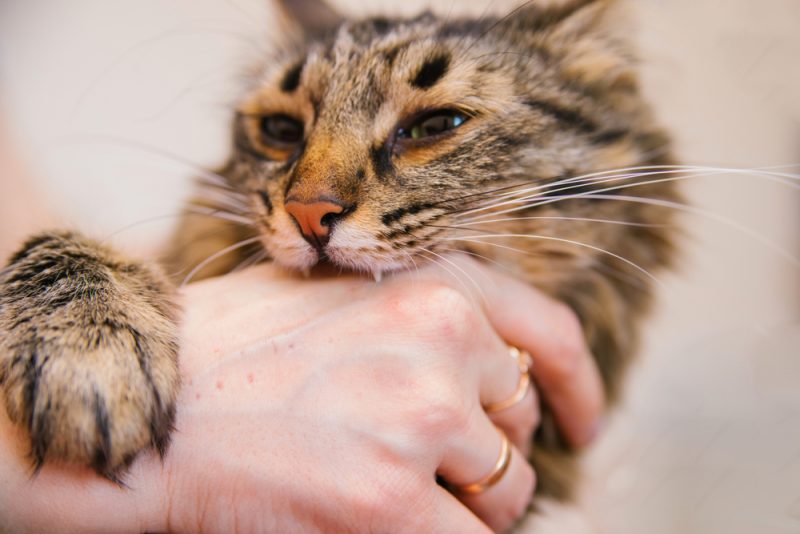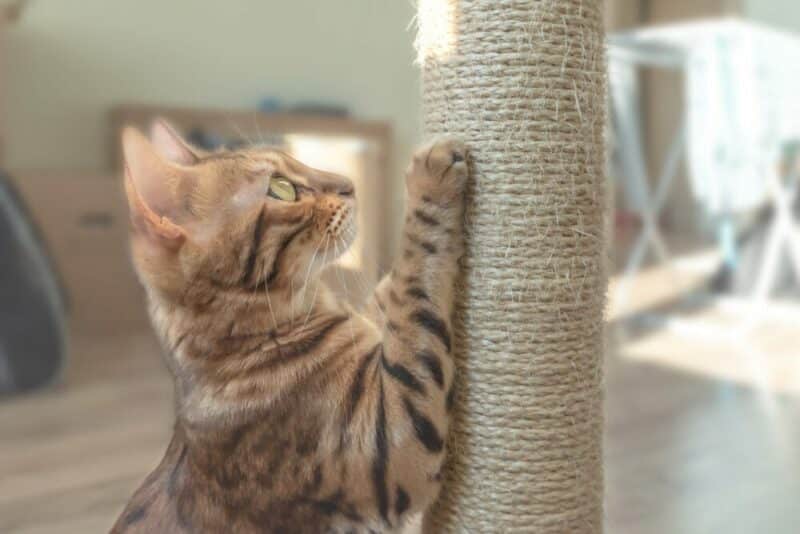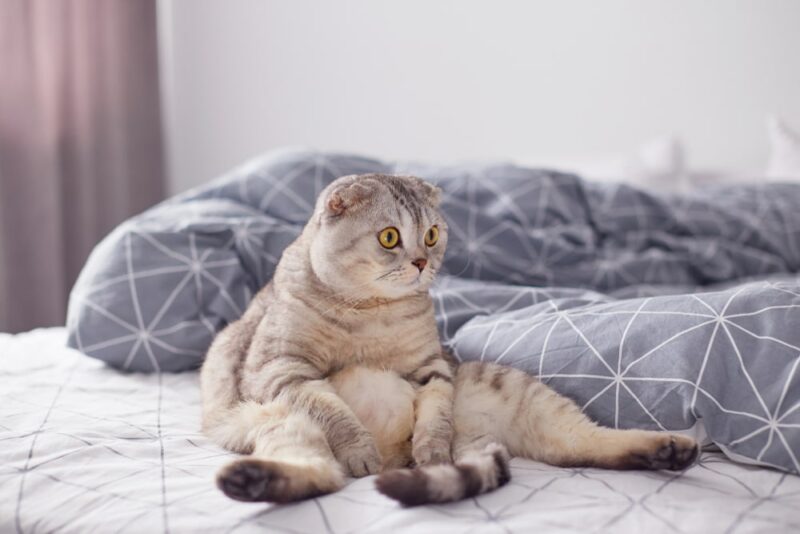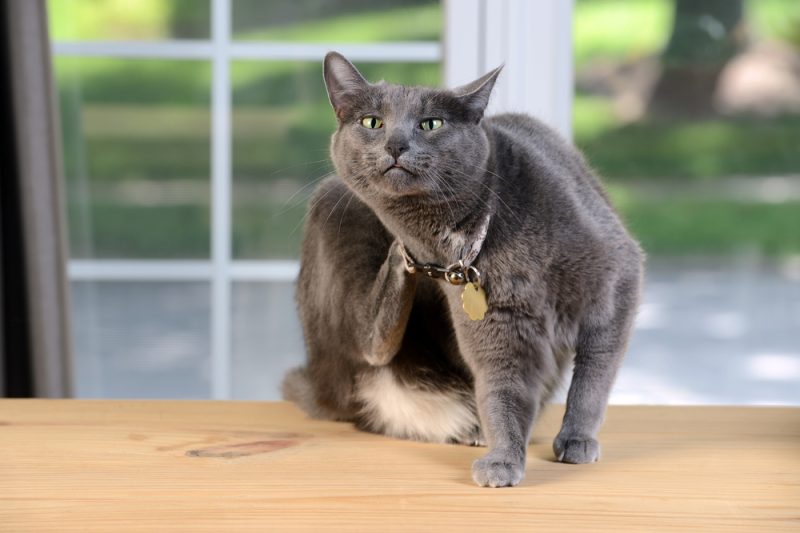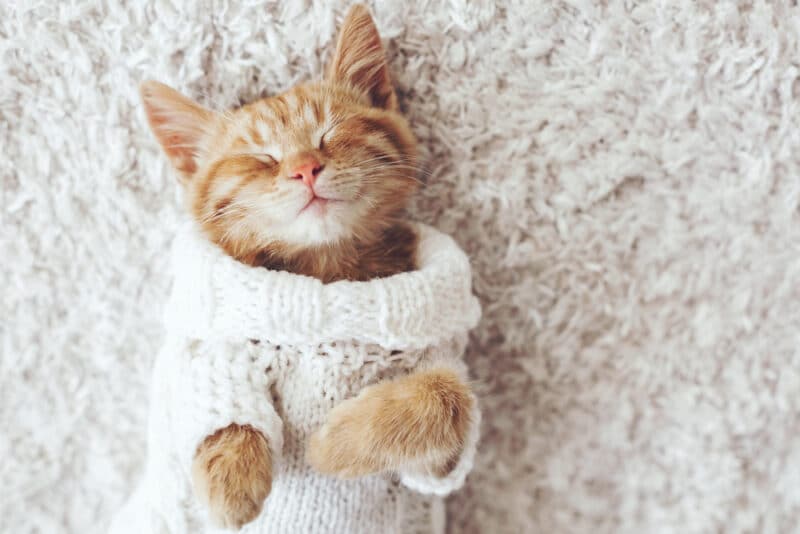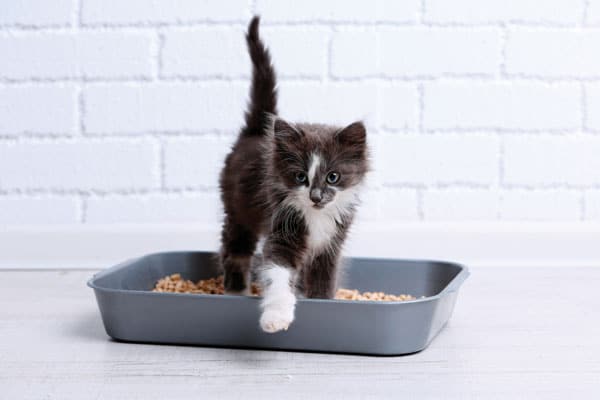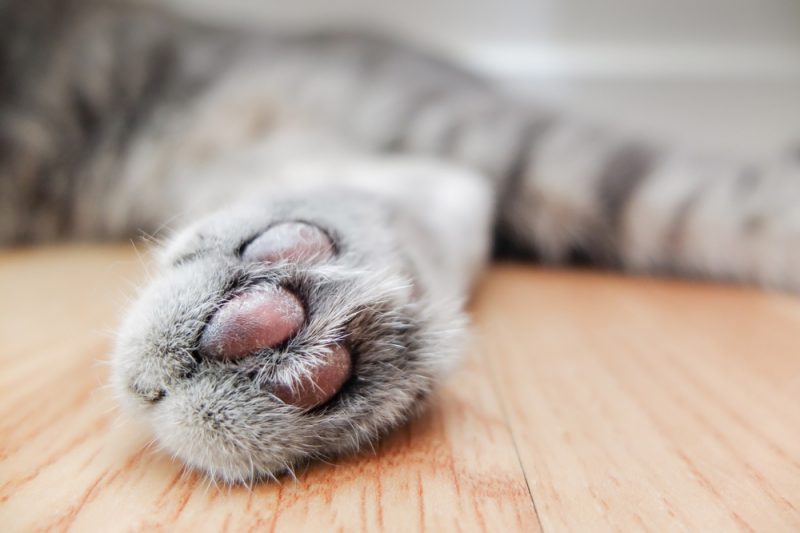Bengal cats are often sought after for their wild and unique beauty. However, many people underestimate the needs of these felines. A Bengal can be a wonderful addition to the right home, but in the wrong home, they can be a real handful. To better understand this kitty’s needs, you need to know everything about the breed. Here are 20 facts about Bengal cats!

The 20 Bengal Cat Facts
1. The Bengal is a hybrid breed.
Bengals are domestic cats now, but they do have wild blood running in their veins. In the 1960s, a crossbreeding between a male domestic cat and a female Asian leopard cat occurred. Early Bengal cats contained a significant amount of wild DNA, which often caused them to have timid personalities that did not mesh well in pet homes. As the breed was refined, though, they became the boisterous cats we have today.
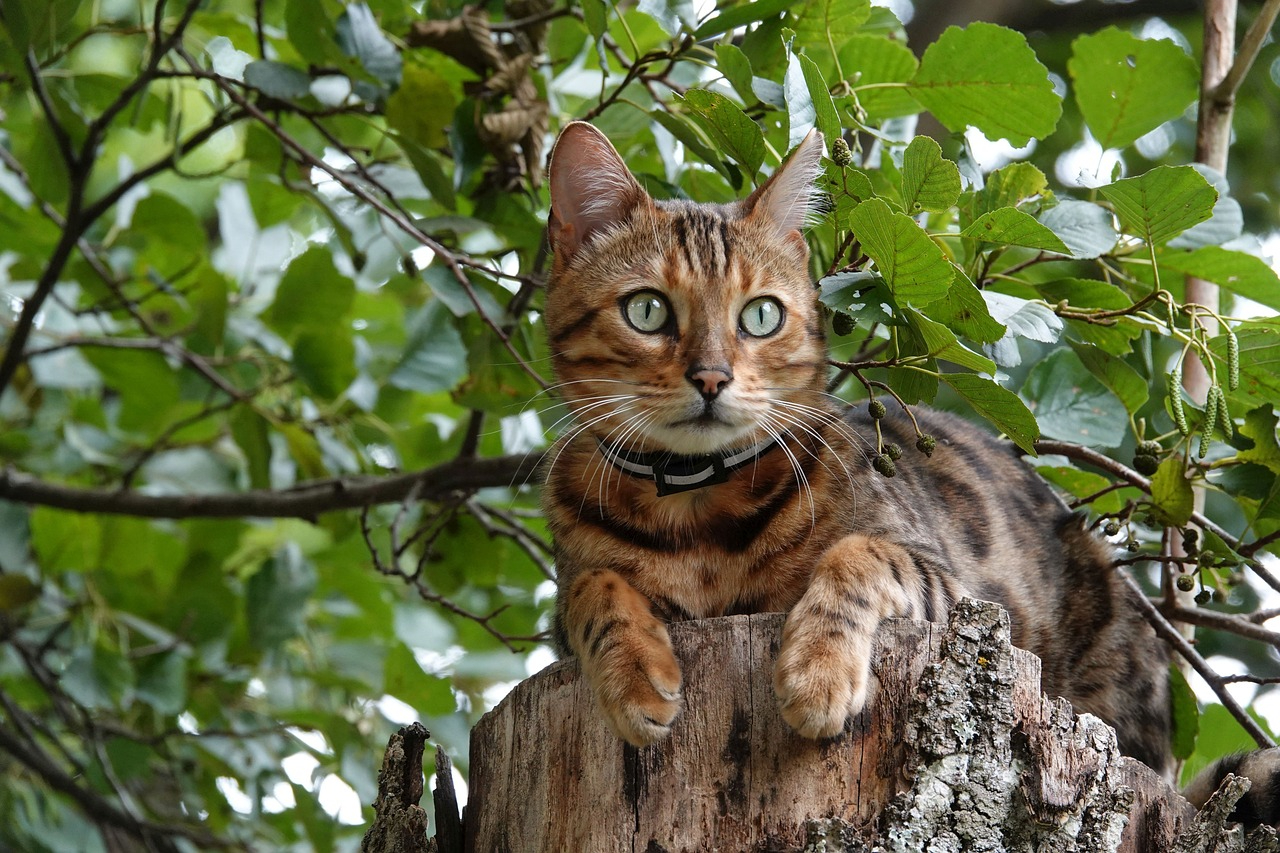
2. They love water.
Believe it or not, Bengal cats are huge fans of water. They love swimming, and many Bengal owners report their cats regularly joining them for baths, whether the human wants them to or not! They are strong swimmers and will take almost any opportunity to get in the water. Many people find that their Bengal cats are extremely interested in running water of any kind, including fountains and faucets.
3. Many enjoy a game of fetch.
These highly intelligent cats love a variety of games and toys, but many of them seem to be huge fans of a simple game of fetch. Some Bengals will retrieve just about anything you throw for them, from balled-up paper to bottle caps, while others may be more particular about their fetch games. Your cat will likely let you know quickly whether they have an interest in the item you’ve offered them to fetch.
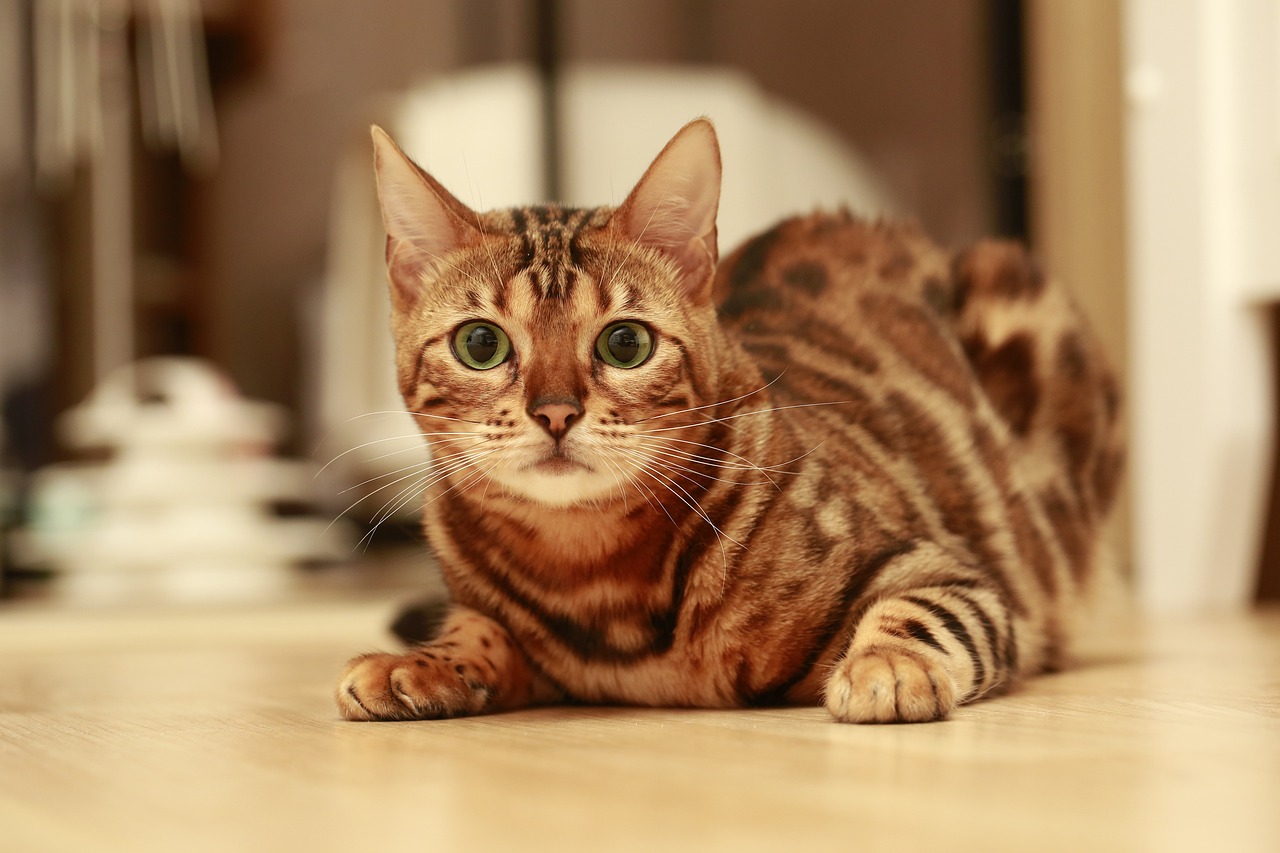
4. They’re very active cats.
The beautiful Bengal cat is not for just any household! These cats are extremely high energy, and many of them will become destructive if not given enough stimulation on a daily basis. Due to their high activity level, intelligence, and athleticism, Bengal cats require a variety of games, toys, and play environments to keep them active and entertained. Some people find keeping their Bengal cat thoroughly entertained to be quite the challenge.
5. They are often mistaken for wild cats.
Thanks to their wild cat genes and their leopard-spotted coats, many Bengals are mistaken for a variety of wild cat species. Not only do they share some similarities with their Asian leopard cat heritage, but they also share characteristics with ocelots and servals, as well as the Savannah cat, which is a hybrid of the serval and domestic cat.
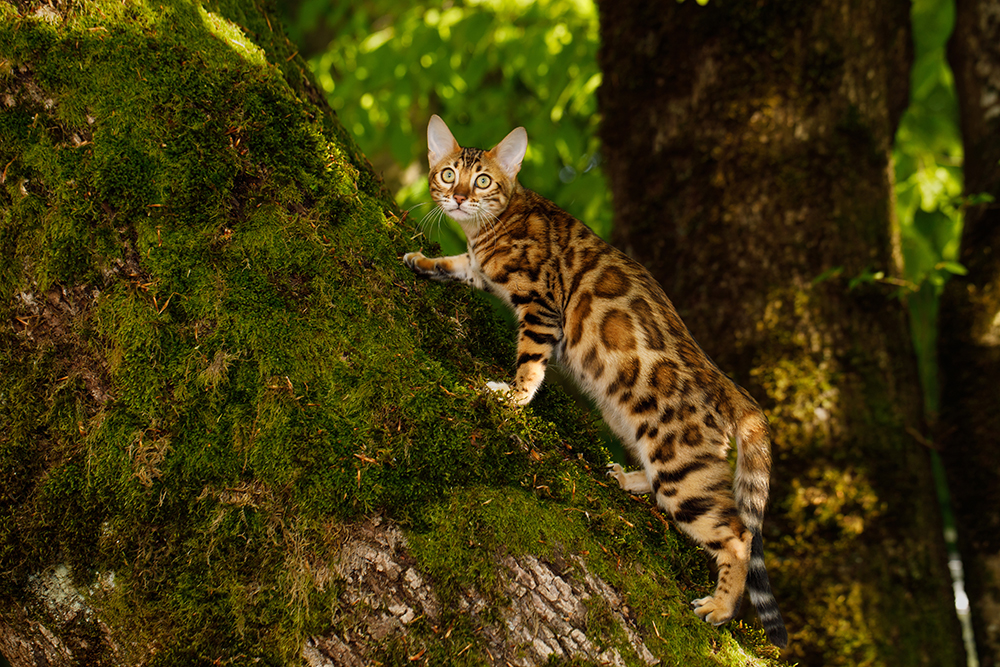
6. They are sturdy cats.
These cats have been bred with a strong, athletic body in mind. Bengals are medium to large cats, often weighing upward of 8–15 pounds at maturity. Their bodies are stocky, athletic, and powerful. On top of being physically sturdy, Bengal cats tend to be relatively healthy cats. However, it’s important to choose breeders who practice responsible breeding, which includes health testing for the parents.
7. They have a unique coat type.
If you’ve ever seen a Bengal cat, you might think that their beautiful leopard spots are what’s being referenced here, but it’s more than that! If you have the pleasure of seeing a Bengal cat in sunlight or other good lighting, you’ll see that these cats have a unique sheen to their coat. This coat appearance is called “glittering” and is so named because it causes the fur to appear to shimmer with a glittery coating in good lighting.
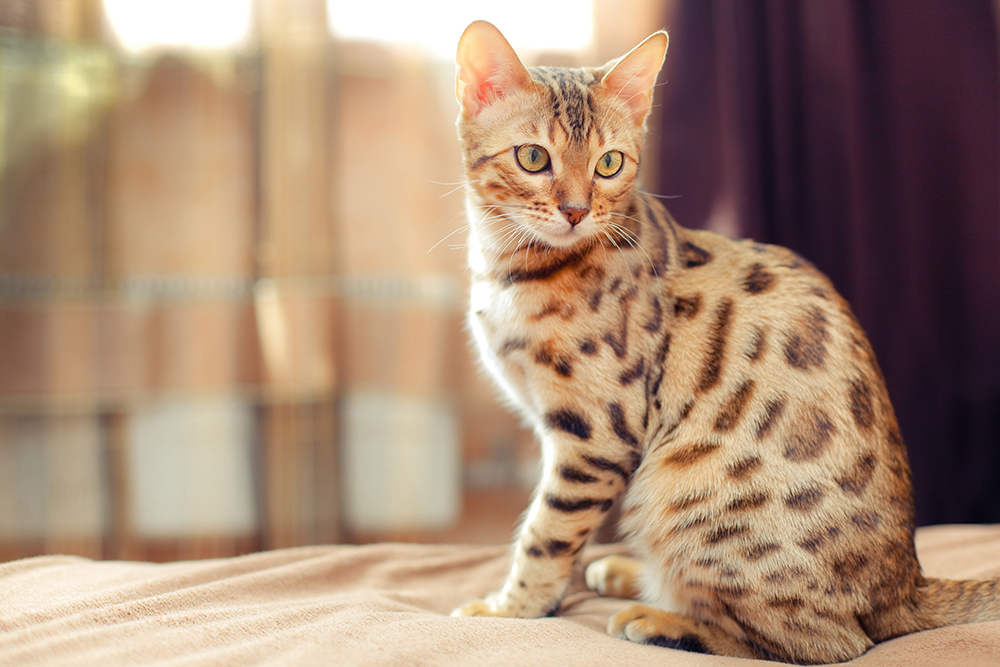
Bengals tend to get along well with other animals in their household. They are often good companions for dogs and will usually keep up the pace with their larger counterparts. They also tend to enjoy the company of other cats, making them suitable for multi-cat homes. Some Bengals may be territorial, though, so proper introductions and monitoring are a must. Unfortunately, Bengal cats are not good companions to small animals due to their strong desire to hunt.
9. Bengals are exceptionally trainable.
They are highly trainable cats due to their intelligence, curious nature, and desire to interact with people. Many Bengal owners find this breed to be far easier to train to use a harness and leash than most other cat breeds. They can also be trained to perform tricks and even to participate in games and feline sports, like feline agility. The more time you take with your Bengal to provide training, the more likely they’ll be to burn through their extra energy, and the better the bond the two of you will share.
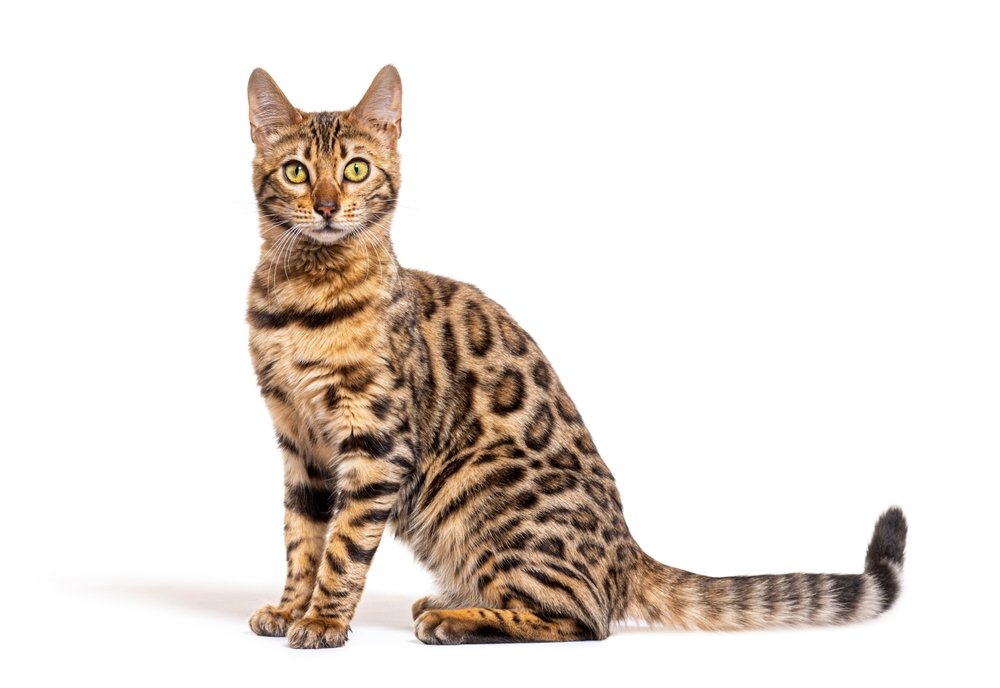
10. They need space to climb.
Did we mention that Bengals are athletic cats? They’re actually exceptionally athletic cats. Bengal owners often report finding their Bengals in unusual and sometimes seemingly impossible places. To prevent injury and to keep your Bengal as stimulated as possible, plenty of climbing spaces should be provided. They enjoy being high up and having the opportunity to oversee their territory, as well as simply the act of using their strength and agility to climb and jump to high places.
11. They’re very good hunters.
Ideally, Bengal cats should be kept fully indoors or be allowed time in an enclosed catio. Not only are they at an increased risk of being stolen due to their exotic appearance, but they are also exceptional hunters. This makes them extremely dangerous to native populations of small animals, like birds and rodents. Even within the home, Bengals should never be trusted within reach of small pets. They can (and likely will) harm and kill small animals.
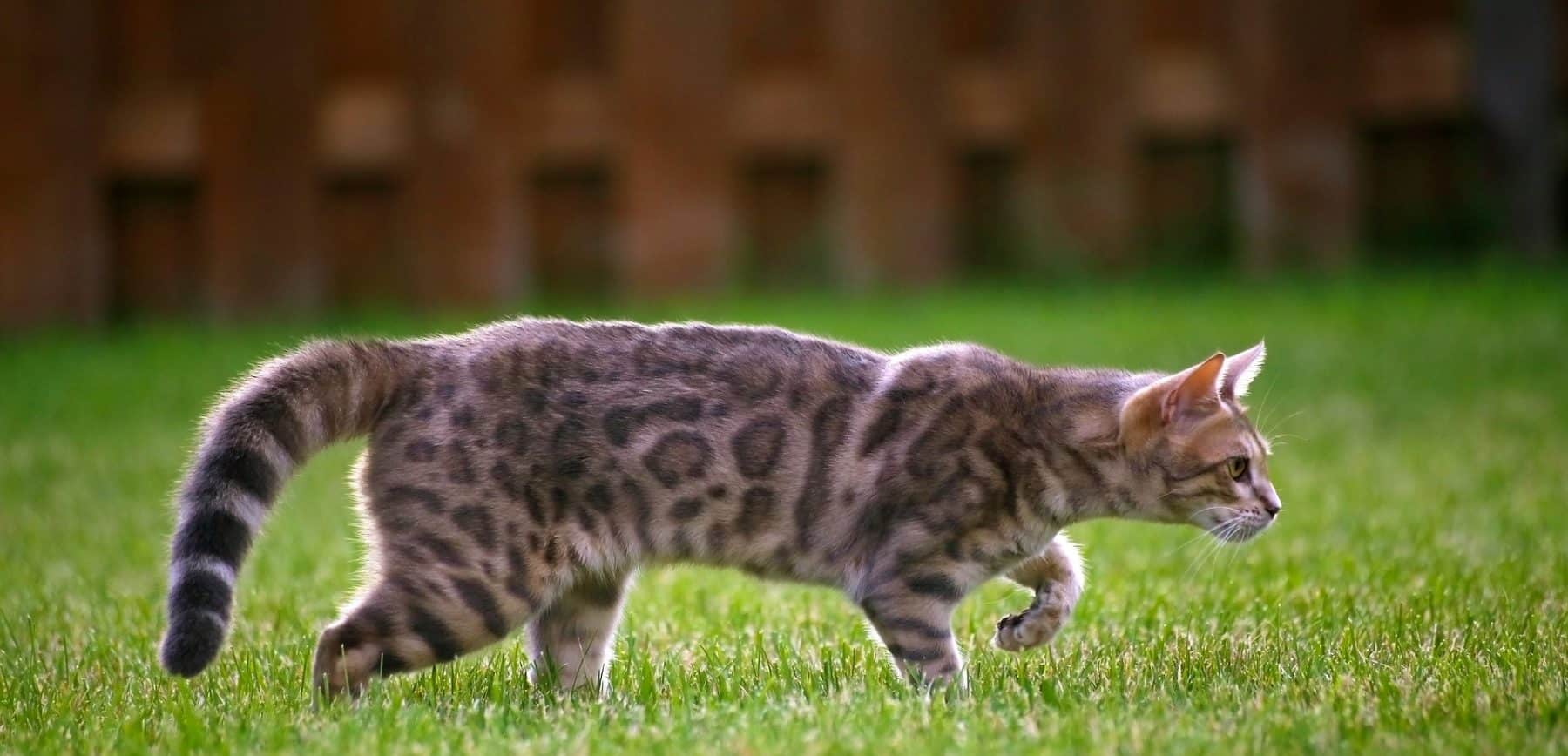
12. Many people consider them cats for “dog people.”
If you’re reading through these facts and thinking that walking on a leash, sports, fetch, and water all sound a little too familiar, you’d be right. Bengal cats are often compared to dogs, and many people consider them the dogs of the cat world. They are great cats for “dog people” and other people who enjoy having a pet that requires lots of interaction. Some “cat people” enjoy having a cat that is independent and low maintenance, which the Bengal is not!
- See Also: How to Teach a Cat to Fetch
13. Things might go missing with a Bengal around.
Bengals love to steal things! There are two reasons your Bengal may be regularly caught red-handed stealing from you. The first is that they are curious cats that enjoy interacting with their environment. They want to see what things are, what they do, and how fun they might be to play with, which can easily lead to things going missing. The other reason that Bengals steal items is simply to get your attention.
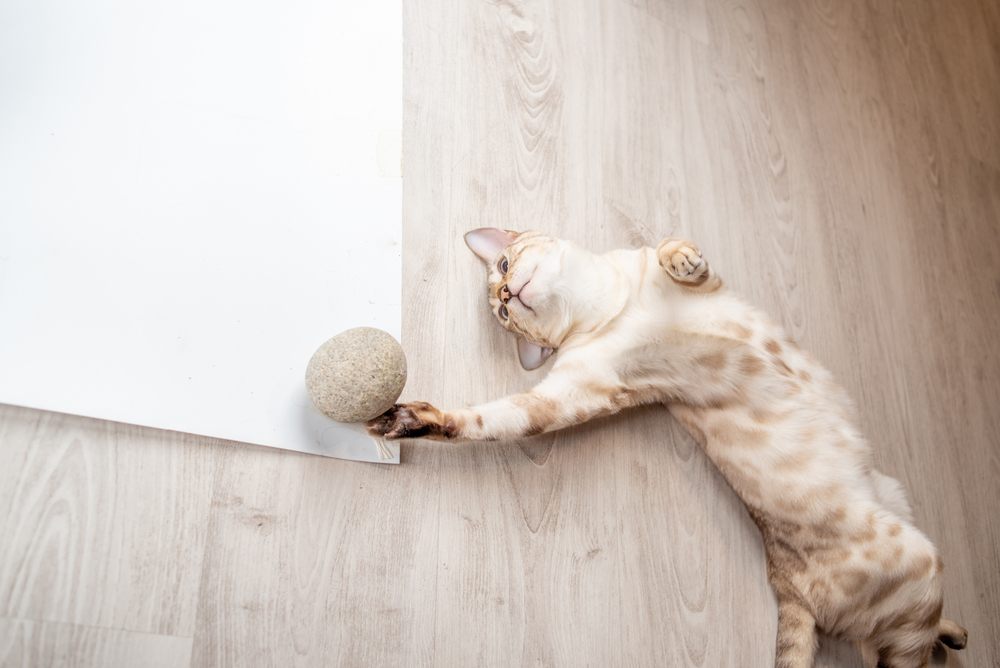
14. They work to catch your attention.
Bengal cats will do more than just steal your stuff to try to get your attention. They are known to employ a variety of tactics to get attention when they feel like they aren’t getting it. A Bengal that is desperate for your affection or attention may become noisy, either meowing, finding loud toys to play with, or being extra obnoxious in other ways, like waking you up at all hours of the night, sneaking up on you, or joining you in the bathtub or shower.
15. Not all Bengals are suitable for the average household.
With a proper commitment to their care, many Bengal cats are excellent pets. It is important to understand how genetically removed your Bengal cat is from their wild heritage, though. Generally, a Bengal that is multiple generations out from the Asian leopard cat will be well-suited to a home that is willing to provide them the proper time and care. A first- or second-generation Bengal, however, is far more likely to be less outgoing and more fearful of humans, making them poor pets in most homes.
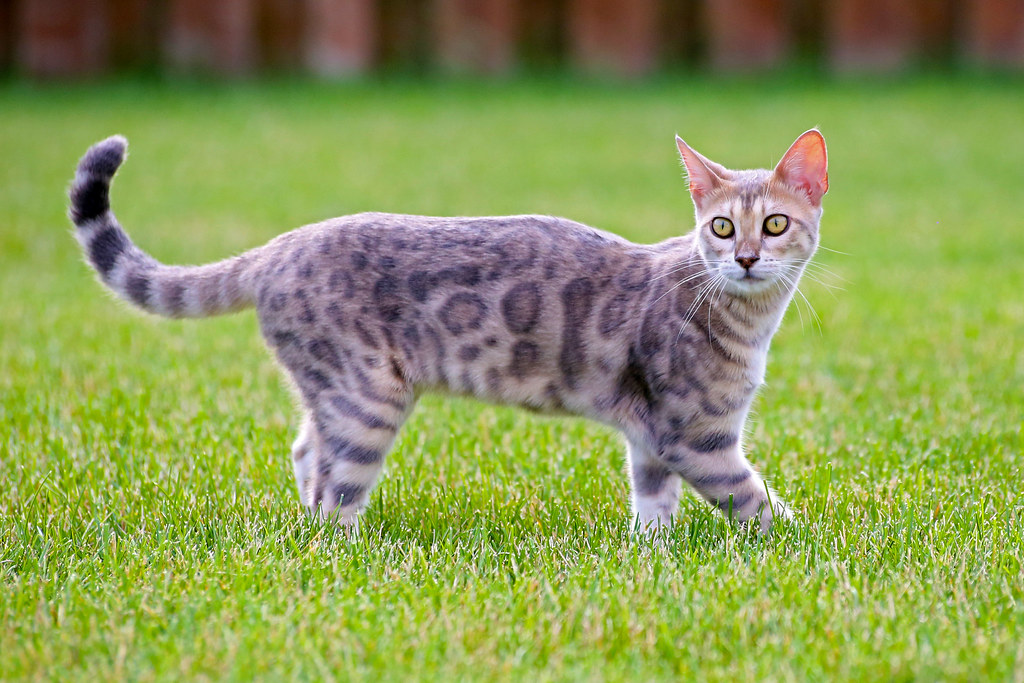
16. Some Bengals are extremely picky about their litter box.
Many pet cats can be extremely particular when it comes to their litter box. They’re particular about the litter, the box itself, the location, and the cleanliness. Many Bengals are even pickier than the average housecat is about litter box cleanliness and setup. Your Bengal will be happy to let you know if something isn’t up to par with their litter box, often by finding other places to potty. If you’re lucky, your Bengal may attempt to potty in the toilet or bathtub, but they may also begin going in far less desirable places, like on furniture and clothing.
17. They are often more rough-and-tumble than other cats.
Not only are Bengals more dog-like than other cats, but they also tend to be a little rougher. They are known to be bitters, especially during kittenhood, which means that they require a commitment to training and encouraging appropriate behaviors. Otherwise, you may end up with an adult cat that is more than willing to play rough and bite.
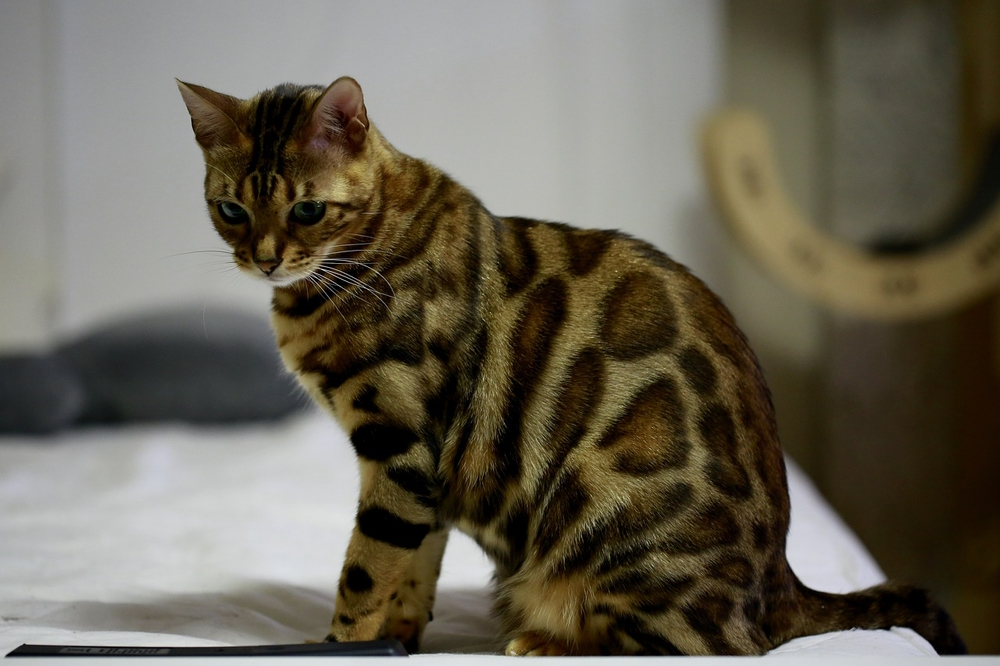
18. They love people.
Bengals were practically engineered to be people-oriented cats. They are highly social and enjoy spending lots of time with humans. They tend to become very bonded to one or two people. This makes them great pets for singles and couples. They are also likely to enjoy the company of children, but they may be too rough around small kids.
19. They tend to be quite talkative cats.
We hope you like a talkative cat if you’re interested in getting a Bengal! These cats love to chat with their people. They’re known to produce a variety of weird meows and chattering noises when communicating with people and even other animals. They will let you know when something upsets them as well. If you dare to do something like close the bathroom door so you can bathe in peace, your Bengal is certain to let you know about it!
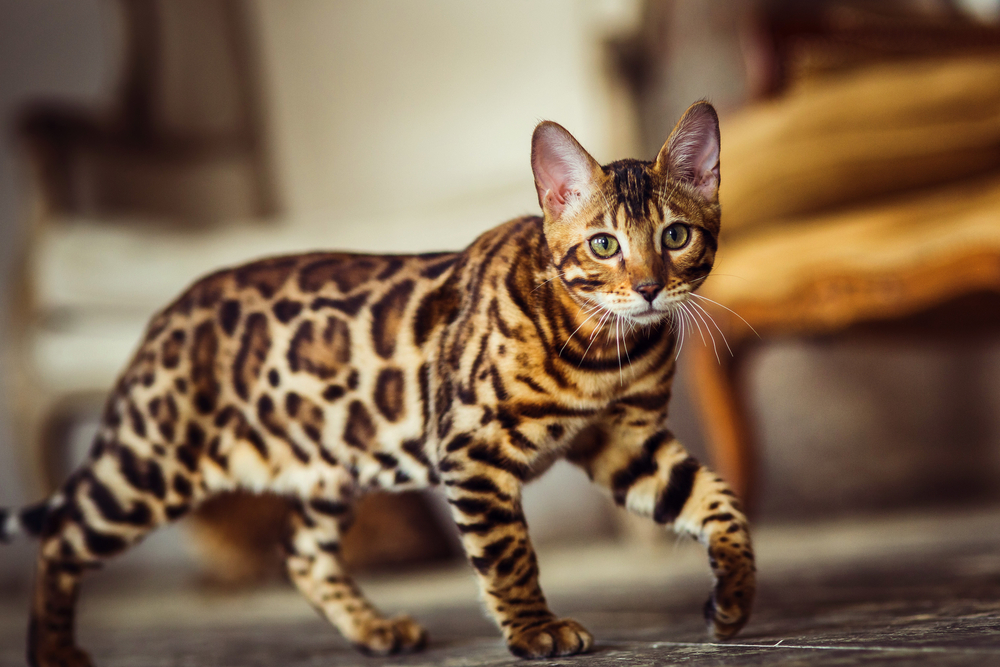
20. It’s not legal to own Bengals everywhere.
Since they are so closely related to wild animals, not every state and city allows for the ownership of Bengal cats. They are accepted in the majority of locations, though, especially if they are a few generations out from their wild cat heritage. Early-generation Bengal cats are restricted or regulated in New York, Delaware, Massachusetts, Georgia, Indiana, Connecticut, and Alaska.

Conclusion
Bengal cats are fantastic cats that can add an energetic presence to your home. They can be quite a handful, though, so they aren’t recommended for homes that don’t understand their needs or aren’t willing to provide them with the stimulation and activity they require to be healthy and happy.
Featured Image Credit: Seregraff, Shutterstock
